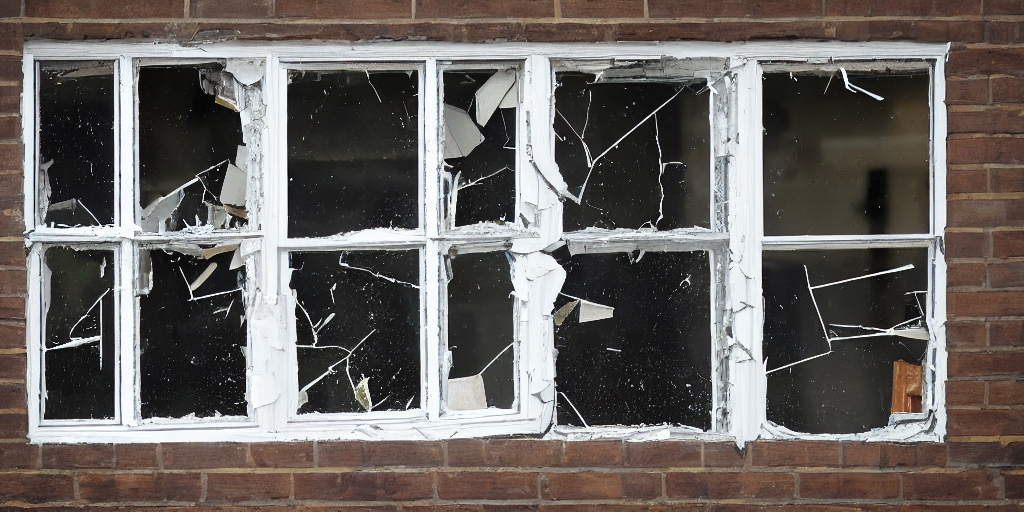Breaking & Entering Lawyer Winnipeg

What is Break & Enter?
Break and enter is often referred to as the “most serious property offence in the Criminal Code.” Oddly, despite the name the Crown Attorney does not need to prove that you broke in to commit the offence. Simply walking through an unlocked door into a residence, garage, warehouse or business may be enough to constitute an offence. There are three ways that the offence can be committed:
- Break and entering into a place with the intention to commit a criminal offence inside;
- Break and entering into a place and in fact committing a criminal offence inside; or,
- Breaking out of a place after committing a crime while inside (a rare situation, but may arise where person hides in a store until after it closes, steals goods and then breaks out of the store to make their escape).
When the police investigate break and entering, they will often rely upon video surveillance, eyewitness accounts, and forensic evidence such as fingerprint and DNA left at the scene and on objects the offender touched.
The offence of Break & Enter also include the lesser included offences of:
- Unlawfully in Dwelling House;
- Mischief; and,
- Forcible Entry.
Sentencing for Break & Enter
Sentencing for break & enter depends on many factors, but in most cases the Crown Attorney will be seeking a period of jail. Break and enter can either be to a dwelling house or non-dwelling house. The maximum sentence for breaking into a dwelling house is life, while into a non-dwelling house is 10 years.
A break and enter into a person’s residence is treated more seriously than a non-residential property.
Depending on the circumstances surrounding the breaking and entering, this offence can carry among the highest sentences the court renders. When determine a sentence, the court will consider both the aggravating and mitigating factors. These factors include:
- The break and enter was into a dwelling house, rather than non-dwelling house;
- The extent of preparation that involved in planning the offence;
- That the offender was on bail or parole at the time of the offence;
- That the offence was committed on behalf of a criminal organization;
- That the building was occupied at the time;
- The offender was aware or reckless to whether it was occupied;
- The individuals who occupied the premises were elderly, sick or disabled;
- The offender has prior record for similar offences;
- The break and enter resulted in vandalism or other significant property damage;
- Violence or the threats of violence were used during the commission of the offence;
- A weapon or firearm was used during the commission of the offence;
- The victims of the break and enter suffered trauma (be it physical or psychological);
- Whether the offence was domestic violence related;
- The offence was committed while children were present; and,
- That the offender was at-large at the time of the offence.
Defending Break and Enter Charges
I will assess all of the evidence the police obtained during the course of their investigation to determine if there are any weaknesses in the Crown’s case. The offence of breaking and entering requires more than just the culprit entering into the premises. The culprit must have either intended to commit an indictable offence, or committed an indictable offence while inside. There is a presumption under the criminal code that when a person break and enters into a place, in the absence of evidence to the contrary, is proof that he or she broke and entered into the place to commit an indictable offence. This presumption is rebuttable if the accused can present an explanation that is reasonably true.
Often these cases turn on single pieces of evidence. Sometimes it may be an eye witness account, a video, or DNA report. Each of these different types of evidence require a different strategy to be dealt with at trial, the ultimate objective of which is to undermine it’s credibility and reliability. After having fully reviewed the evidence and spoken to you about the case, I will consider:
• The sufficiency of the evidence in proving the identity of the perpetrator.
• If there are any lawful reasons or excuses for why you may have entered the placed.
• If there was no intention to commit an offence once you entered the place.
• The overall strength and weakness of the Crown’s case.
In some cases in makes the most sense to accept responsibility for the offence. Depending on your background and the circumstances surrounding the incident, you may be able to resolve your charge through the Winnipeg Drug Treatment Court, Winnipeg Mental Health Court, diversion programming, or a plea to a lesser included offence.
Related Break and Enter Topics
Get a free consultation
Send Josh your case and your contact information to get a Free Initial consultation on how to proceed.
